How to properly use Windows Task Manager ?
Did you know there is a useful Windows program that can help you out when computer programs crash?
It’s called Task Manager. It’s a powerful, free tool that is useful for both troubleshooting problems and quickly taking control of your computer back from sluggish programs.
1 Task Manager Identifies Memory Hogs and What’s Straining Your CPU
Task Manager comes prepackaged on every Windows computer. You can use Task Manager to monitor every single application, process, and service running on your PC.
You can see what program is using up valuable memory and slowing things down. You can also see if your CPU is working too hard, which can also slow things down.
Windows Task Manager also lets you shut down misbehaving programs. But you have to be careful: Windows may need some of these programs in order to operate correctly.
2 Troubleshooting a Slow Computer With Task Manager
The easiest way to get started using Task Manager is to right-click an empty area of the taskbar, and then select Task Manager.
The Task Manager presents information in a series of tabs. Some of these tabs are fairly simple to decipher. Other tabs are best wielded by Windows power users.
Remember: Task Manager is a powerful tool. If used the wrong way you can crash or even damage your computer.
 Task Manager Tabs: an Overview
Task Manager Tabs: an Overview
Applications
This tab displays all of the main computer programs are running, such as Word, your email program, and your web browser.
You can right-click on a program icon here to safely ‘end task’ and shut it down.
Processes
The Processes tab lists every single process or programming running on your computer.
You can organize the list of programs according to which is using the most memory power, or which programs are making the CPU work the hardest.
Programs that hog memory will make your computer run more slowly. You can close these memory hogs by right-clicking on the process and selecting ‘end task’.
But remember: Windows needs some of these programs to operate correctly. Killing the wrong program can cripple your computer.
Performance
The Performance tab displays CPU and memory usage in interesting, always-changing graphs.
Believe it or not, memory causes the most problems with computer performance. If your computer is slow, fire up Task Manager and see what the memory usage is like in this tab.
If you’re using more than 80% of your memory, it’s time to shut down some programs or some browser tabs.
Networking, Services and Users tabs
These tabs in Task Manager tabs that may be best reserved for ‘power users.’
The Networking tab can help diagnose problems with network connectivity, while the Services tab monitors a bunch of largely unseen programs that support Windows. If you are a Task Manager beginner, you will likely not get much use out of these two tabs.
The Users tab lets you to log off users users on your computer. This can help free up memory and make Windows run faster.
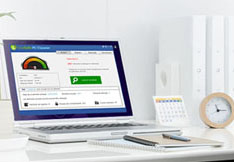
Optimize your PC performances
A clean PC is the basis for having good use of your machine. OneSafe PC Cleaner is a complete software that helps you clean your computer deeply. It scans your entire hard drive in minutes and...
Read MoreOptimal performance : updating your drivers
Owning quality computer equipment is essential for good use of your PC. That’s why updating your drivers is important, and some softwares can help you do so very quickly. OneSafe Driver Manager automatically detects outdated drivers etc ...
Read More












 Is your PC slow?
Is your PC slow?
 Speed Up Your PC
Speed Up Your PC



 3 tips to increase your PC’s speed
3 tips to increase your PC’s speed
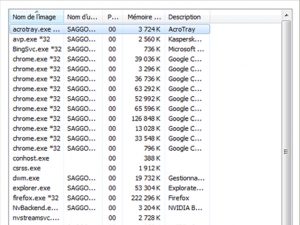 How to properly use Windows Task Manager ?
How to properly use Windows Task Manager ?
 How to troubleshoot a slow internet connection?
How to troubleshoot a slow internet connection?
 What is the Blue Screen of Death?
What is the Blue Screen of Death?
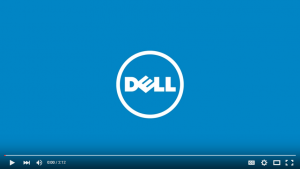 How to clean your PC or laptop screen?
How to clean your PC or laptop screen?
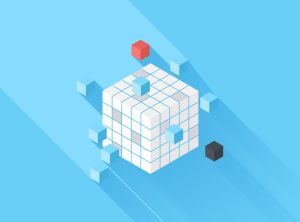 How to defrag your hard drive?
How to defrag your hard drive?
 How to protect your confidential information online?
How to protect your confidential information online?
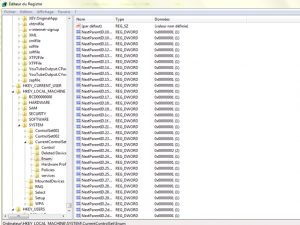 What is the Windows Registry?
What is the Windows Registry?